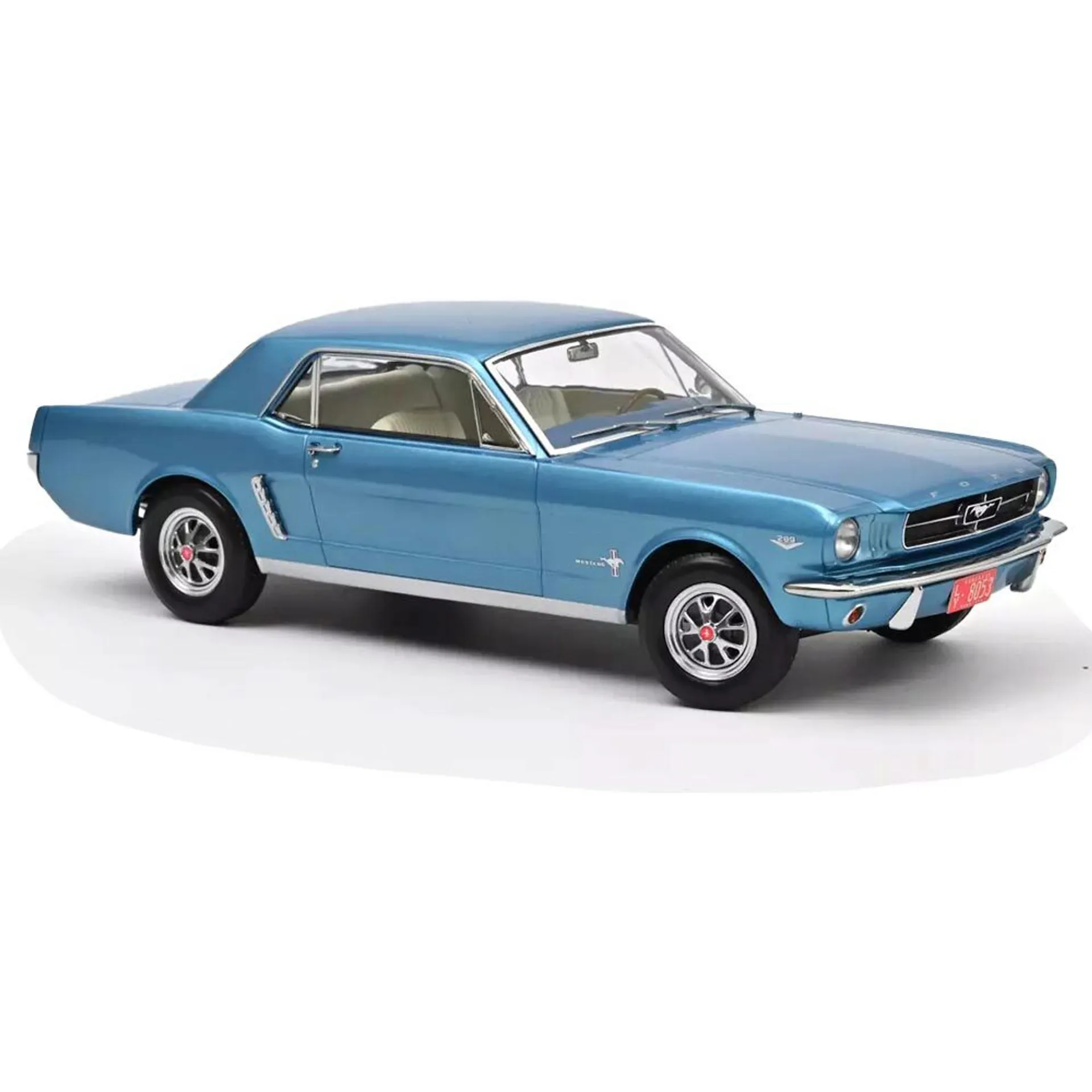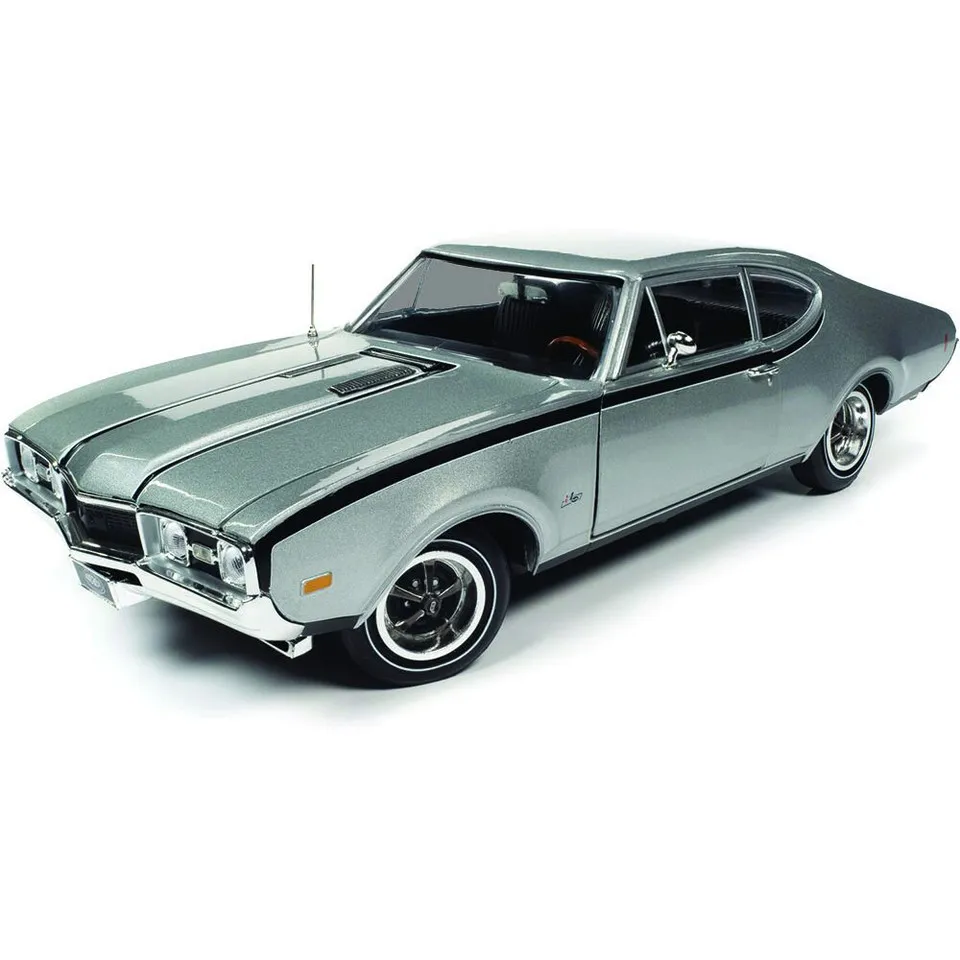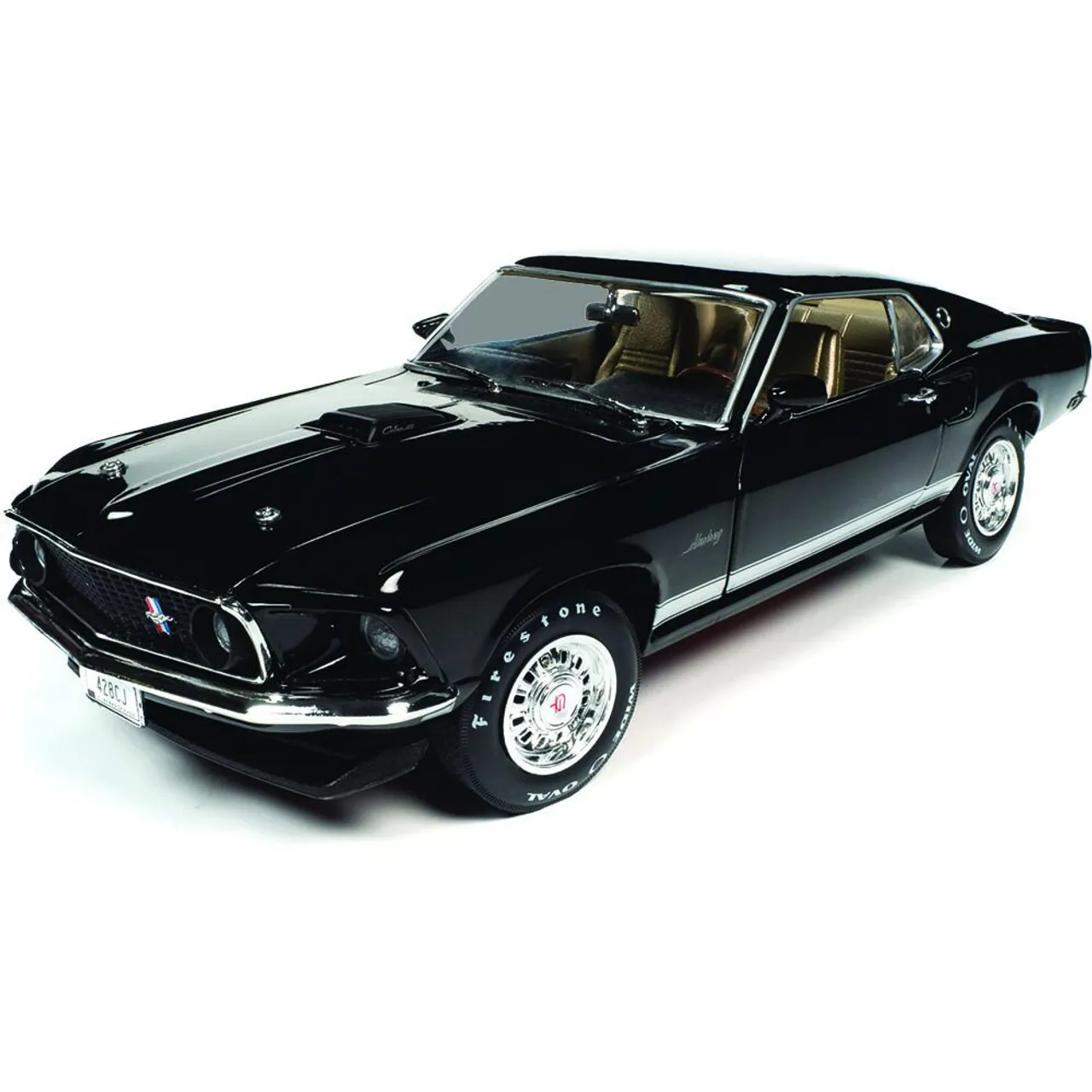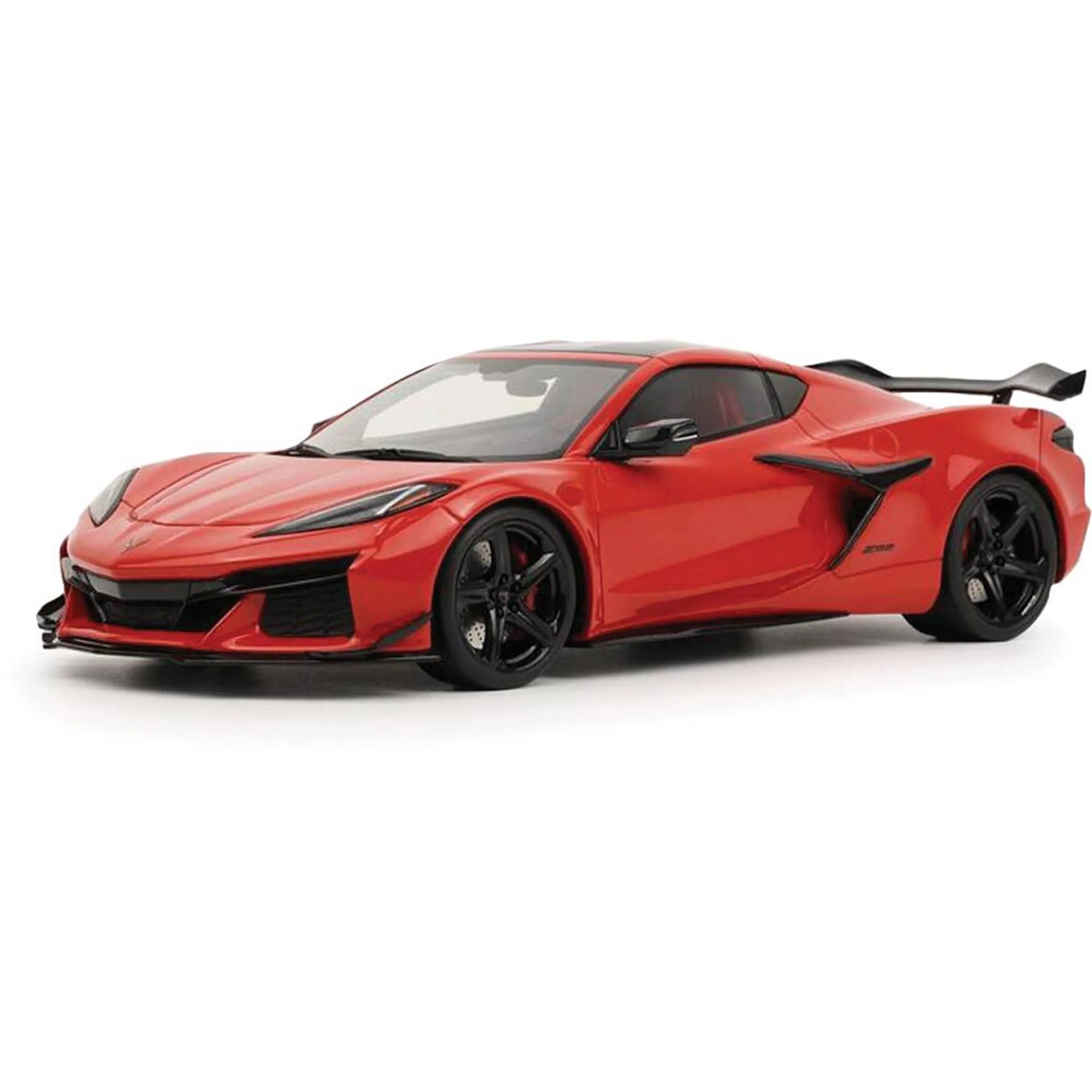The Allure of Personal Diecast Cars
Personal diecast cars have captivated enthusiasts for generations, offering a unique blend of artistry, history, and investment potential. These miniature replicas of automobiles are more than just toys; they are meticulously crafted collectibles that reflect a passion for cars, design, and the stories behind them. From the gleaming chrome of classic models to the intricate details of modern supercars, the world of diecast cars provides a tangible connection to automotive history and the thrill of collecting. Whether you are a seasoned collector or just starting, the appeal of personal diecast cars lies in their ability to spark joy, fuel nostalgia, and provide a sense of accomplishment.
Authenticity and Detailing
One of the primary attractions of personal diecast cars is their remarkable level of authenticity and detailing. Manufacturers strive to replicate every aspect of the full-size vehicle, from the body shape and paint finish to the interior features and engine components. The level of detail can vary depending on the scale and price point, but even entry-level models often include realistic features such as opening doors, detailed dashboards, and accurate badging. High-end diecast cars take this to another level, featuring photo-etched parts, individual rivets, and hand-painted details that rival the craftsmanship of a fine miniature sculpture. This dedication to authenticity is what makes these models so appealing to collectors who appreciate precision and realism.
Scale and Variety

Personal diecast cars come in a wide range of scales, the most popular being 1:18, 1:24, and 1:43. Each scale offers a different balance of detail, size, and cost. Larger scales, such as 1:18, allow for more intricate detailing and a greater visual impact, while smaller scales, like 1:43, are more compact and suitable for displaying a large collection. The variety extends beyond scale to include an almost endless array of car models, from classic vintage cars and muscle cars to modern sports cars, trucks, and even military vehicles. This diversity ensures that collectors can find models that reflect their personal interests and preferences, whether it’s a specific make, model, or era.
Materials and Construction
The materials and construction of personal diecast cars play a crucial role in their durability, quality, and overall appearance. The primary material used is diecast metal, typically a zinc alloy, which provides a solid and weighty feel. The metal body is often complemented by plastic parts for the interior, tires, and other details. High-quality models feature precisely molded parts, accurate panel gaps, and a flawless paint finish. The assembly process involves meticulous craftsmanship, with each component carefully attached and aligned. Some models incorporate advanced features such as working suspension, steering, and even engine sound effects, further enhancing their realism and collectibility. A well-constructed diecast car can last for decades, becoming a cherished heirloom for future generations.
Collectibility and Investment Potential
Collecting personal diecast cars can be a rewarding hobby, and for some, it also holds the potential for investment. Certain models, particularly limited editions or those with historical significance, can appreciate in value over time. Factors that contribute to a diecast car’s collectibility include its rarity, the manufacturer, the level of detail, and the condition of the model and its original packaging. Collectors often seek out specific models, such as those from certain eras or those associated with famous drivers or events. As the market for diecast cars continues to grow, so does the potential for appreciating values, making it an attractive pursuit for those looking for a hobby that combines passion with financial opportunity.
Rarity and Limited Editions

The rarity of a personal diecast car significantly impacts its collectibility and value. Limited-edition models, produced in a specific quantity or for a limited time, are highly sought after by collectors. These models often feature unique paint schemes, special detailing, or are exclusive to certain retailers or events. Limited production runs create a sense of scarcity, increasing demand and driving up prices in the secondary market. Manufacturers often collaborate with car manufacturers to release official replicas of new car launches or race-winning vehicles, adding to their exclusivity. Identifying and acquiring these rare models requires research, networking with other collectors, and a keen eye for detail.
Market Trends and Values
Understanding market trends and values is crucial for any serious collector of personal diecast cars. Online marketplaces, auction sites, and collector forums provide valuable insights into current prices and demand. Researching past sales and comparing models can help determine a fair value for a specific diecast car. Factors such as the model’s condition, rarity, and popularity all influence its price. Following trends in the automotive industry, such as the rising interest in electric vehicles or classic car revivals, can also inform collecting decisions. Staying informed about market dynamics allows collectors to make informed purchases, protect their investments, and potentially capitalize on opportunities.
Historical Significance and Nostalgia
Personal diecast cars evoke a powerful sense of history and nostalgia. Many collectors are drawn to models that represent iconic cars from specific eras, such as the muscle cars of the 1960s and 1970s or the sleek sports cars of the 1950s. These models serve as tangible reminders of automotive history, allowing collectors to connect with the cars they admired as children or the vehicles that defined a particular period. The historical significance extends to the details of the cars themselves, such as the engines, interiors, and paint schemes, which reflect the design and technology of their time. Collecting historical diecast cars is like owning a miniature museum, offering a glimpse into the evolution of the automobile.
Iconic Models and Manufacturers

Certain models and manufacturers have become synonymous with the world of personal diecast cars. Iconic models such as the Ford Mustang, Chevrolet Corvette, and Porsche 911 are perennial favorites, with multiple versions available in various scales. Manufacturers like Hot Wheels, Matchbox, Autoart, and Minichamps are renowned for their high-quality models and attention to detail. The popularity of these models and manufacturers ensures their collectibility and value. Collectors often focus on specific brands or models, building collections that reflect their personal interests and appreciation for automotive excellence. The wide availability and enduring appeal of these iconic models make them a cornerstone of any diecast car collection.
Personalization and Customization
The ability to personalize and customize personal diecast cars is another appealing aspect of the hobby. Many collectors enjoy modifying their models, adding custom paint jobs, detailing enhancements, or even converting them into radio-controlled cars. Customization allows collectors to express their creativity and create unique models that reflect their individual tastes. Some collectors specialize in creating replicas of their own cars or modifying models to represent specific racing liveries or fictional vehicles. The customization options are endless, from simple paint touch-ups to intricate modifications involving custom parts and detailing. This aspect of the hobby allows enthusiasts to combine their love of cars with their artistic talents, resulting in truly unique and personalized collections.
Display and Presentation
The display and presentation of personal diecast cars are essential for showcasing a collection and enhancing its visual appeal. There are numerous ways to display diecast cars, from simple shelves and display cases to elaborate dioramas and custom-built displays. The display method should reflect the size and scope of the collection, as well as the collector’s personal style. Display cases offer protection from dust and damage, while shelves allow for easy access and arrangement. Dioramas can add context and storytelling to a collection, creating a miniature world that complements the cars. Proper lighting can also enhance the visual impact, highlighting the details and craftsmanship of the models. Careful display and presentation turn a collection into a work of art.
Protecting and Maintaining Your Collection

Protecting and maintaining personal diecast cars is crucial for preserving their value and ensuring their longevity. Dust, sunlight, and temperature fluctuations can damage the models over time. Storing the cars in a cool, dry environment away from direct sunlight is essential. Using display cases or protective sleeves can help prevent dust accumulation and accidental damage. Regularly inspecting the models for any signs of wear or damage allows for timely repairs or preventative measures. Proper handling is also important; avoid touching the models with bare hands to prevent fingerprints and scratches. By taking these precautions, collectors can ensure that their diecast cars remain in pristine condition for years to come.
Storage Solutions
Choosing the right storage solutions is vital for protecting personal diecast cars. The storage method should be appropriate for the size and value of the collection. For smaller collections, shelves, display cases, or specialized storage boxes may suffice. For larger collections, dedicated storage rooms with climate control and ample shelving are recommended. Consider using archival-quality materials, such as acid-free tissue paper, to wrap the models and protect them from scratches. Labeling each model with its details can help organize the collection and make it easier to locate specific cars. Proper storage not only protects the models but also contributes to the overall organization and enjoyment of the collection.
Cleaning and Preservation
Regular cleaning and preservation are necessary to maintain the condition of personal diecast cars. Dusting the models regularly with a soft brush or microfiber cloth helps prevent dust buildup. Avoid using harsh chemicals or abrasive cleaners, which can damage the paint and detailing. Mild soap and water can be used to clean the models, but always test the solution on an inconspicuous area first. For more delicate cleaning, specialized diecast car cleaning products are available. Preserving the original packaging, such as the boxes and certificates of authenticity, is also important for maintaining the value of the models. By following these cleaning and preservation practices, collectors can ensure that their diecast cars remain in excellent condition for years to come. See image: Cleaning-diecast-car.webp
In conclusion, personal diecast cars offer a multifaceted hobby that combines artistry, history, and the thrill of collecting. The top 7 features, from the authenticity of the detailing to the potential for investment, create a compelling appeal for enthusiasts of all ages. By understanding these features and following best practices for collecting, displaying, and maintaining your collection, you can immerse yourself in a rewarding hobby and enjoy the timeless appeal of these miniature automotive treasures. Start or expand your collection today and experience the joy of personal diecast cars.
